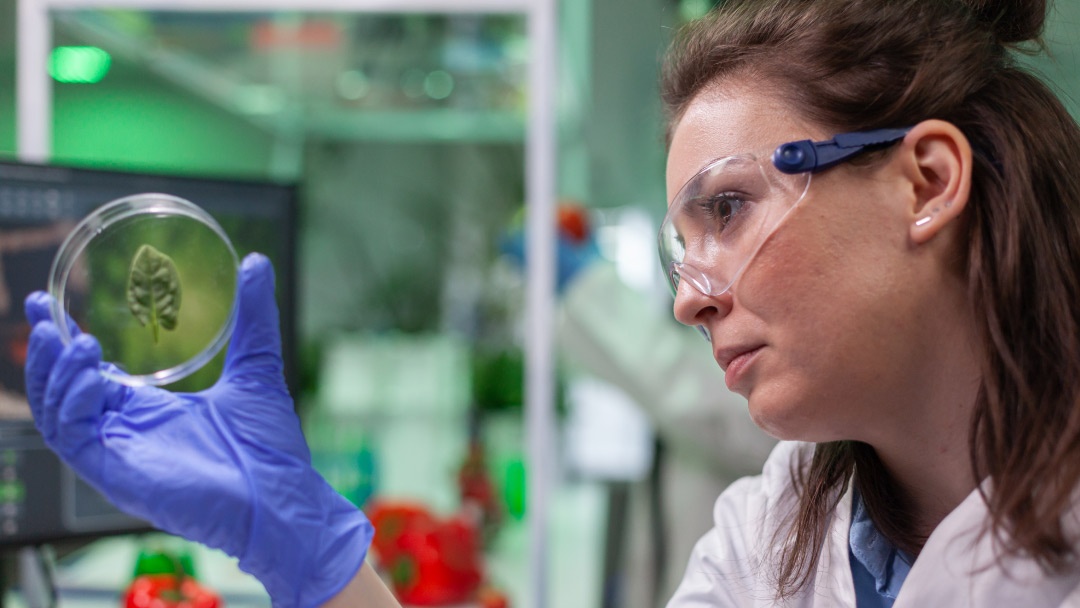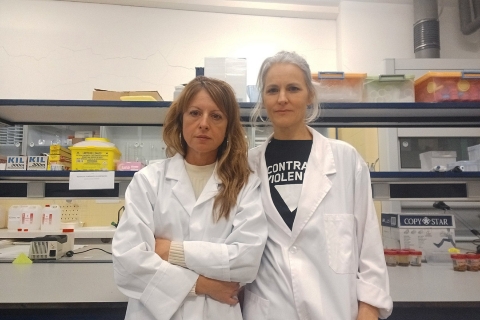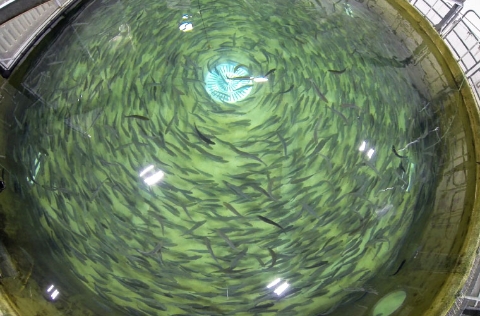
The use of natural polysaccharides derived from plants as functional ingredients in aquafeed is emerging as a preventive, eco-friendly and effective approach. These compounds have the potential to stimulate the immune response, promote growth and enhance gut health in both fish and crustaceans.
That’s the conclusion of a comprehensive review published in Reviews in Aquaculture by researchers from Jimei University, China. The paper highlights the beneficial effects observed in various aquaculture species, noting that characteristics such as low molecular weight and specific monosaccharide profiles (including galactose, arabinose and mannose) are closely linked to the ability of these compounds to modulate immunity, regulate intestinal microbiota, and increase resistance to disease.
Controlled trials referenced in the review have shown clear improvements in feed conversion rates, immune enzyme activity and resistance to pathogens such as Vibrio harveyi.
But efficacy is not only determined by the compounds themselves. The extraction and purification processes also play a crucial role. The researchers examined current extraction technologies, ranging from traditional alcohol precipitation to advanced techniques such as ultrasound-assisted, microwave-assisted and pulsed electric field extraction. Each method brings its own set of trade-off in terms of yield, cost and preservation of bioactivity.
Despite the encouraging results, the authors caution that several challenges remain. These include the structural variability of plant polysaccharides, a lack of large-scale in vivo studies, and the absence of clear regulatory frameworks for their use in commercial aquaculture.
Nevertheless, the outlook is positive. As research continues to expand-particularly when combined with genetic modulation and symbiotic fermentation strategies-the understanding and practical application of these bioactives are expected to grow significantly in the coming years.



